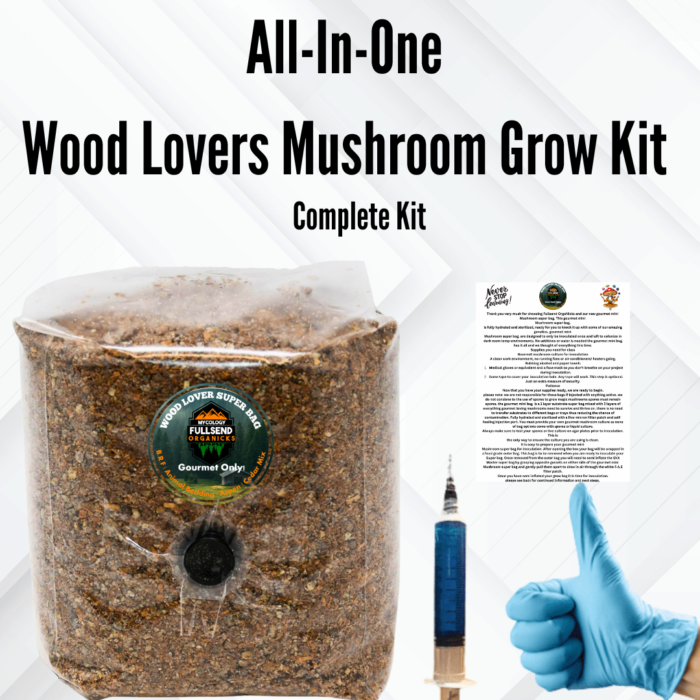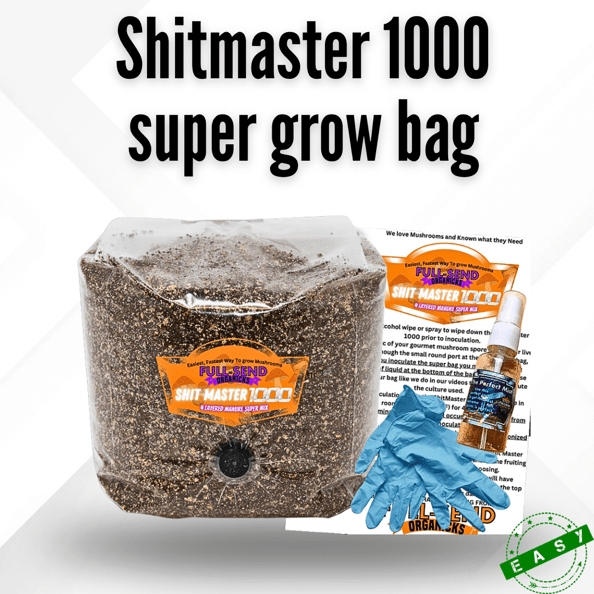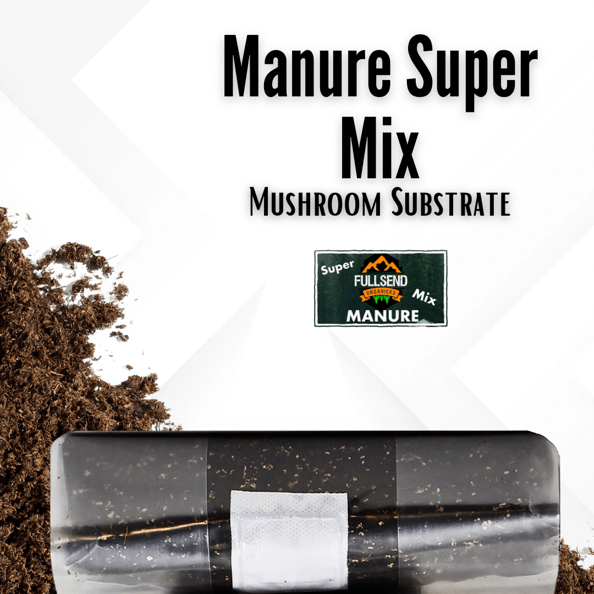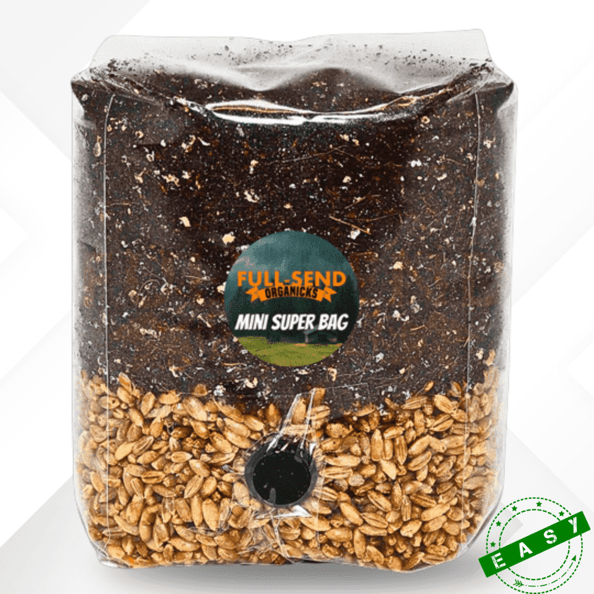7 Factors Affecting Mushroom Cultivation
By Nick | FSO | 5/27/24
There are 7 Factors Affecting Mushroom Cultivation, growing mushrooms is an intricate art that has been practiced for centuries, is a fascinating process that requires a deep understanding of the various factors that influence its success. From the type of substrate used to the temperature and humidity levels, each element plays a crucial role in fostering the growth and health of these delectable fungi.
7 Factors Affecting Mushroom Cultivation
Substrate Selection
The substrate, a nutrient-rich material, provides the foundation for mushroom growth. Different mushroom species thrive on specific substrates, such as straw, sawdust, or compost.
These options include the shitmaster series, our super bags and other mushroom supplies and the do it your damn self-grow kit. The ideal substrate should be loose, moist, and well-aerated to support mycelium colonization.
Moisture and Humidity
Mushrooms require a humid environment to flourish. High humidity levels prevent the substrate from drying out and promote the formation of primordia, the tiny pinheads that develop into mushrooms. However, excessive moisture can lead to waterlogging and inhibit growth.
Temperature
Temperature plays a critical role in mushroom cultivation. Each species has an optimal temperature range for growth. Maintaining a consistent temperature within this range is essential to prevent stunted growth or contamination.
pH Level
Air Circulation
Adequate air circulation is crucial for healthy mushroom growth. Fresh air provides oxygen to the mycelium and helps to remove excess moisture and carbon dioxide. A well-ventilated growing area prevents the accumulation of harmful gases and promotes uniform mushroom formation.
Light Exposure
While mushrooms do not require light for growth, exposure to indirect sunlight can stimulate fruiting and enhance mushroom quality. However, direct sunlight can be detrimental, causing the mushrooms to become discolored or stunted.
Hygiene and Sanitation
Maintaining a clean and sanitary growing environment is vital to prevent contamination. Sterilizing equipment, using clean substrates, and controlling pests and diseases are essential practices to ensure the health and safety of the mushrooms.
Conclusion To The Soultion
Mushroom cultivation is a complex and rewarding endeavor that requires careful attention to the interplay of various factors. Understanding the influence of substrate selection, moisture, temperature, pH level, air circulation, light exposure, and hygiene on mushroom growth is paramount to achieving success. By optimizing these conditions, cultivators can nurture a thriving mushroom crop and enjoy the fruits of their labor.
Mush Love To All and thank you for your support and sharing the myco love














